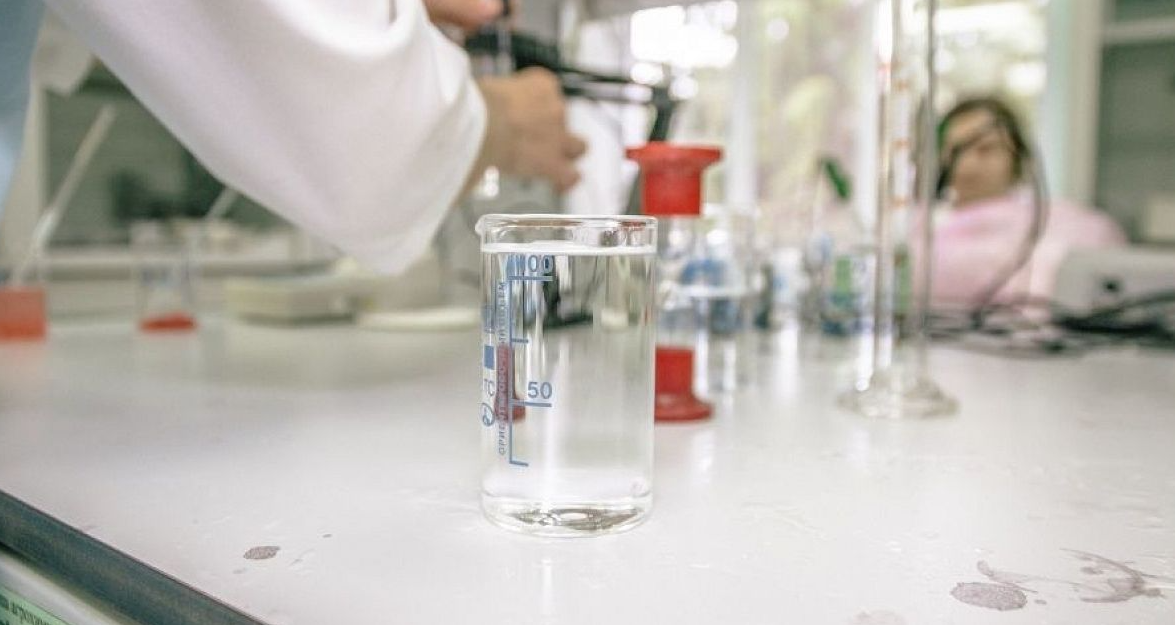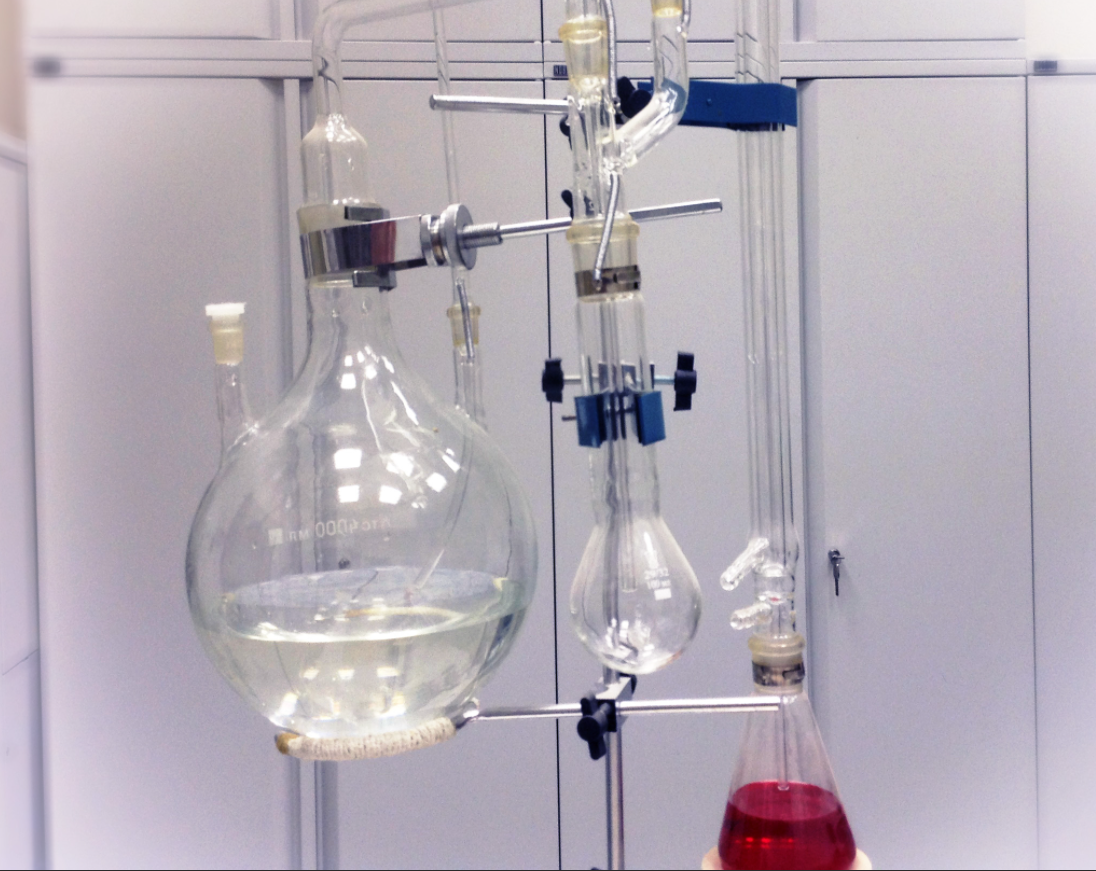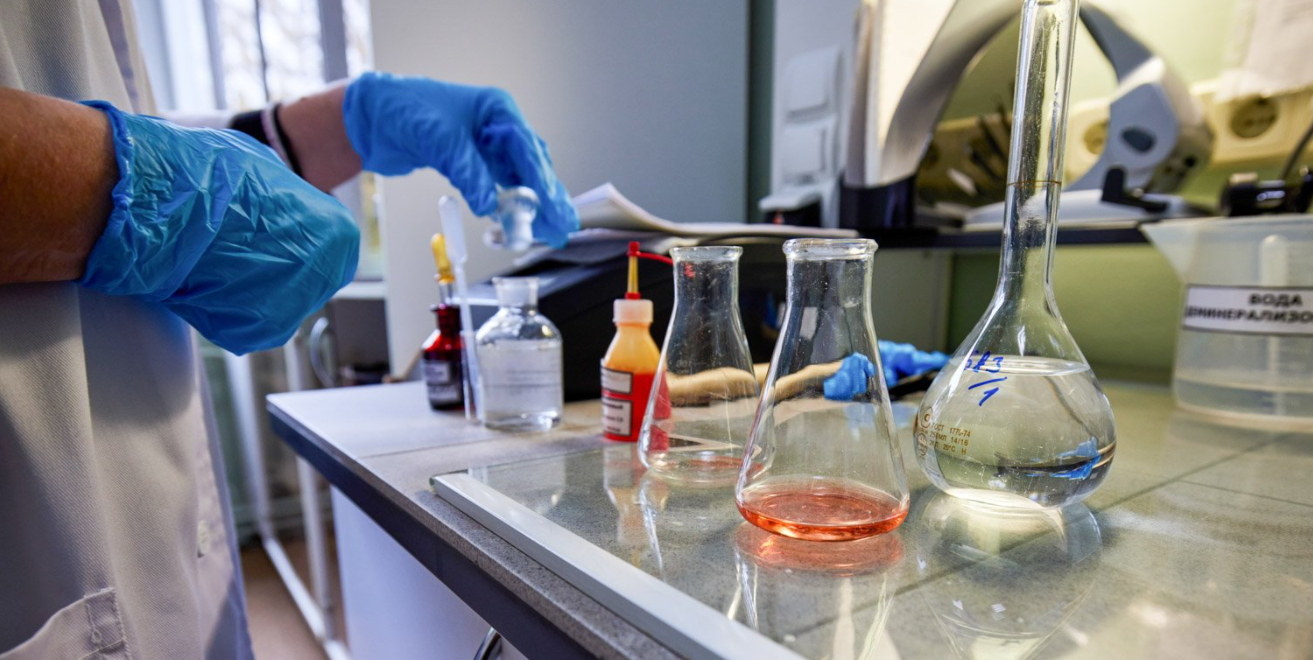
Instruments and reagents required for testing
1. UV Spectrophotometer2. Quartz Cuvette 10mm
3. Pressure steam sterilizer
4. Glass ground-mouth colorimetric tube with stopper
5. Alkaline potassium persulfate solution
Weigh 40g potassium persulfate and 15g sodium hydroxide in ammonia-free pure water. When insoluble, heat to dissolve, dilute to 1000mL, put this solution in a polyethylene bottle, and store it for 1 week.
6. Hydrochloric acid solution 10%
Add 10 mL of hydrochloric acid to 100 mL of ammonia-free pure water.
7. Potassium nitrate standard stock solution 100mg/L
Weigh (0.7218±0.0007) g of potassium nitrate dried at (105-110) ℃ for 2 hours, dissolve it in ammonia-free pure water, quantitatively transfer it to a 1000 mL volumetric flask, add 2 mL of chloroform, and dilute to the mark, it can be stabilized More than 6 months.
8. Potassium nitrate standard solution 10mg/L
Pipette 10 mL of potassium nitrate stock solution into a 100 mL volumetric flask, and dilute to the mark with ammonia-free pure water.
9. Ammonia-free pure water
Distilled water is prepared by passing through a strong acid cation exchange resin column. Ammonia-free pure water should be stored in a glass bottle with a ground glass stopper. Add 10g of strong acid cation exchange resin per liter to facilitate preservation.
Interference and Elimination Methods During Detection
1. For the sewage with poor water quality, the collected water samples can be filtered and then measured, so as to avoid the nitrogen produced by the organisms in the water from affecting the test results.2. If the water sample contains hexavalent chromium ions and trivalent chromium ions, we can add 1mL-2mL of 5% hydroxylamine hydrochloride solution to eliminate its interference.
3. The interference of carbonate and bicarbonate can be eliminated by adding a certain amount of hydrochloric acid.

Check detailed steps
1. Take 10mL of the test sample into a 25mL colorimetric tube, add 5mL of alkaline potassium persulfate, plug the ground stopper tightly, and wrap the colorimetric tube plug with gauze and fasten it. Put the colorimetric tube into the pressure cooker, heat it to 120℃-124℃ to start timing, heat the colorimetric tube in superheated steam for 0.5h, cool it naturally, remove the outer cover, take out the colorimetric tube and cool it to room temperature .2. Add 1 mL of 10% hydrochloric acid solution, dilute to the 25 mL mark with ammonia-free pure water, and shake well.
3. Using ammonia-free pure water as a reference, measure the absorbance at the wavelengths of 220nm and 275nm with a 10mm quartz cuvette, calculate the corrected absorbance, and measure the nitrogen content on the working curve.

Draw working curve
Pipette 0mL, 0.50mL, 1.00mL, 2.00mL, 3.00mL, 5.00mL, 7.00mL, 8.00mL potassium nitrate standard stock solution into a 25mL colorimetric tube, dilute with ammonia-free pure water to the 10mL mark, respectively, to obtain 0mg /L, 0.50mg/L, 1.00mg/L, 2.00mg/L, 3.00mg/L, 5.00mg/L, 7.00mg/L, 8.00mg/L. Measure according to the detection steps, draw the working curve with the corrected absorbance, and use 10 mL of ammonia-free pure water to detect the blank water sample.
Finally, the total nitrogen content in the water sample was calculated by the formula.



